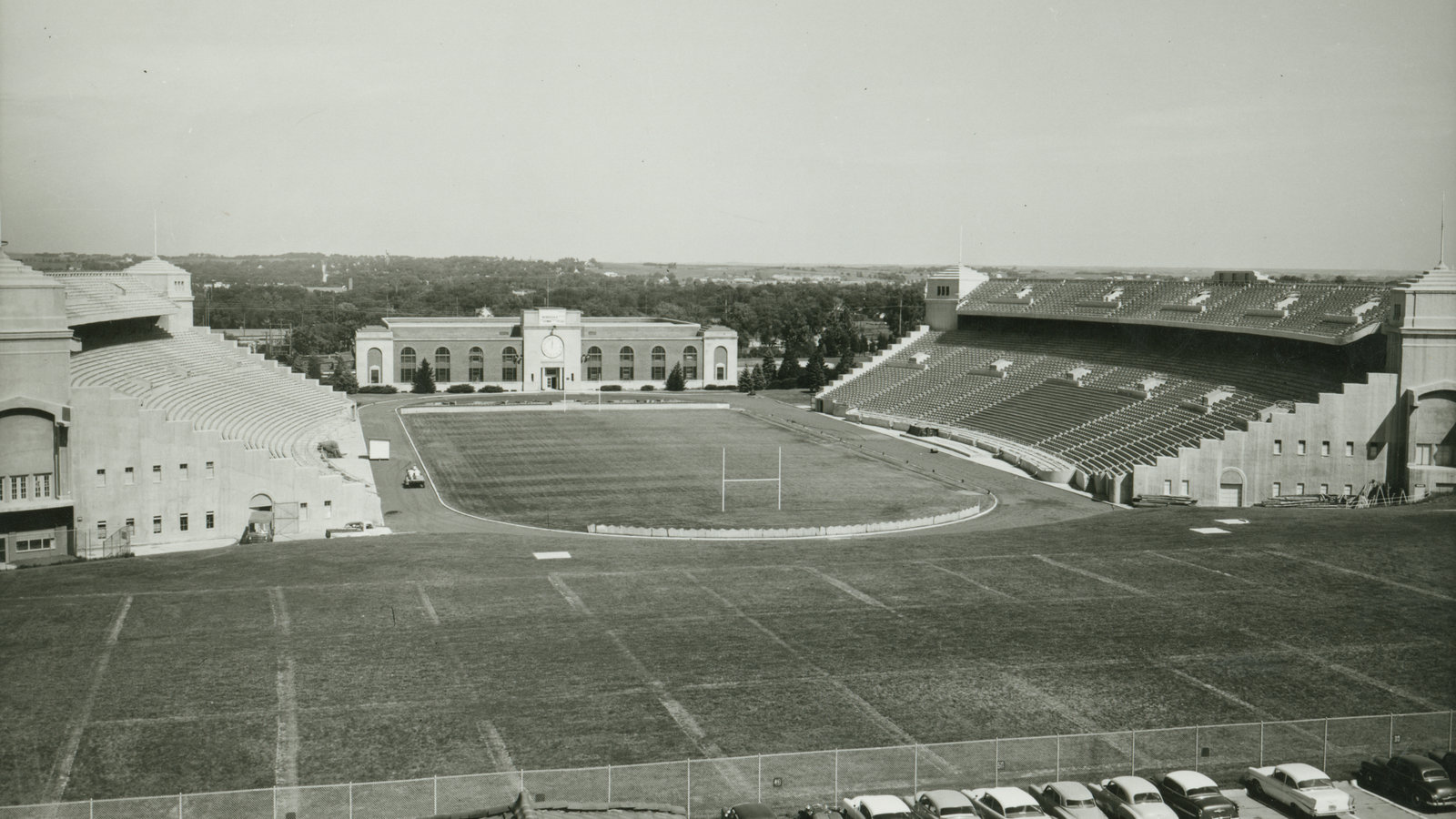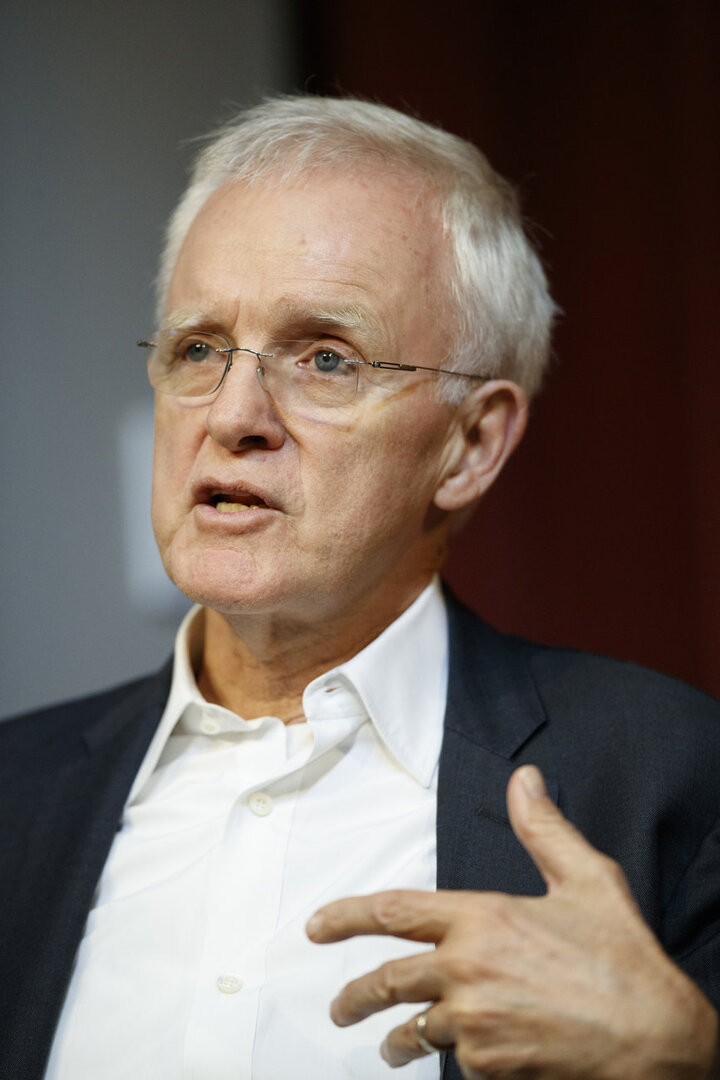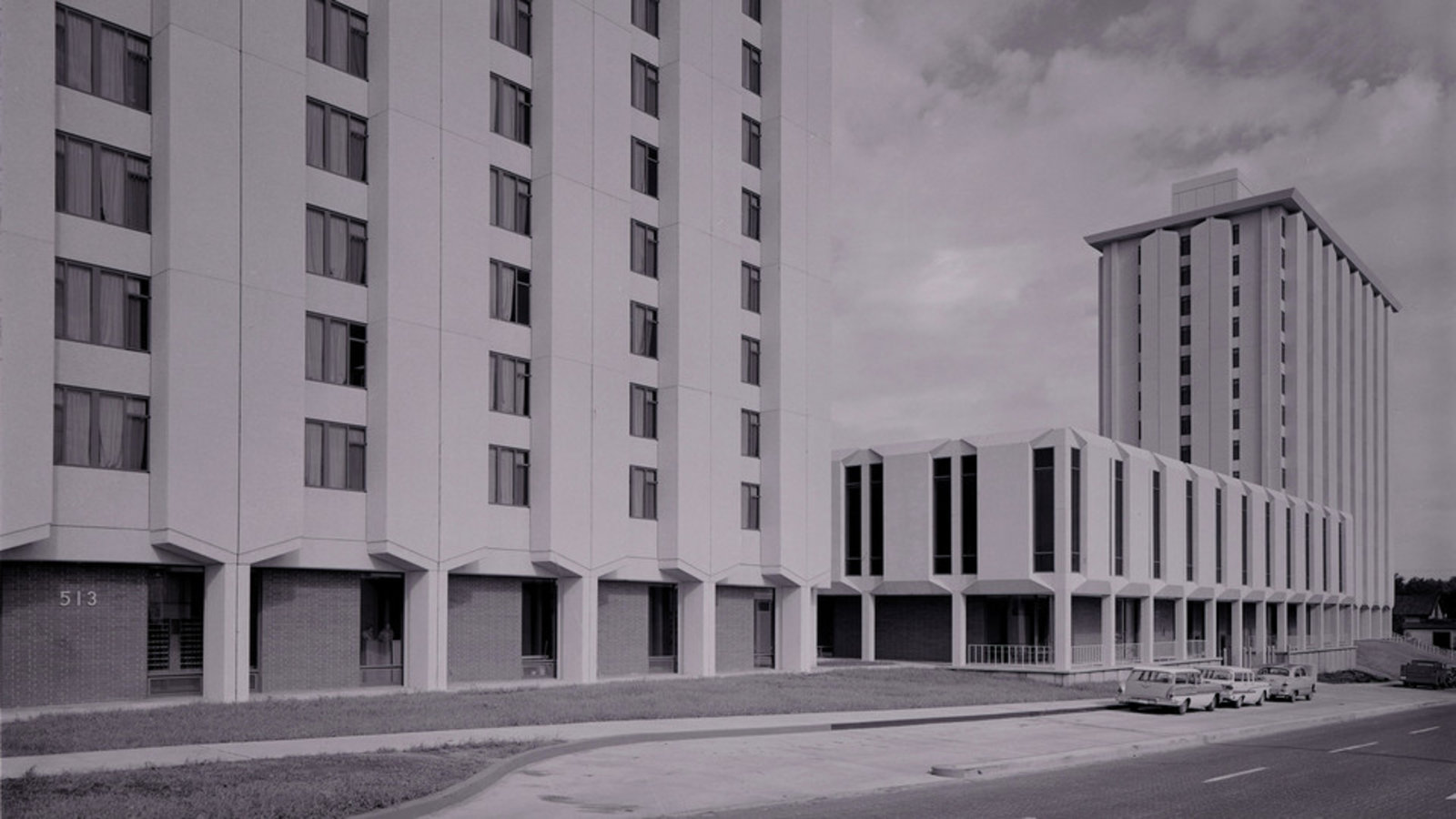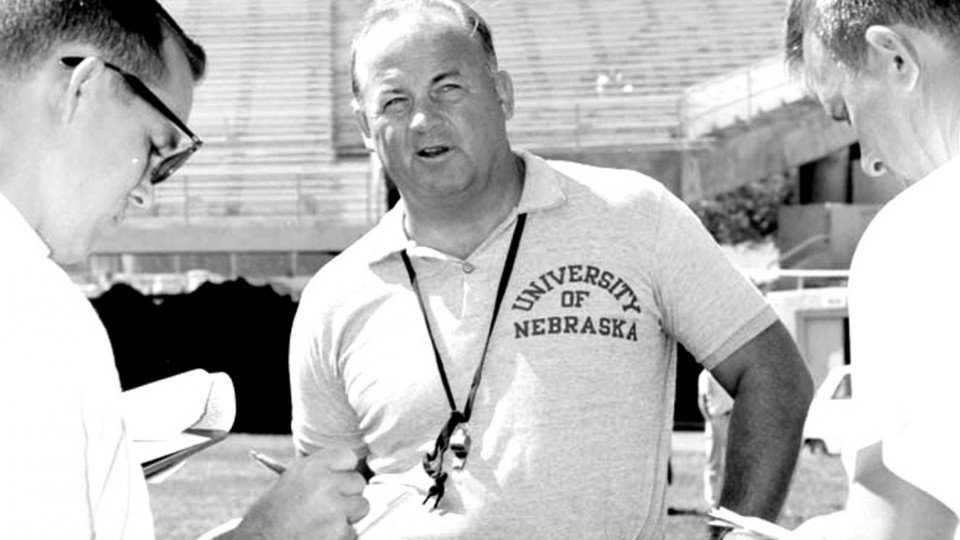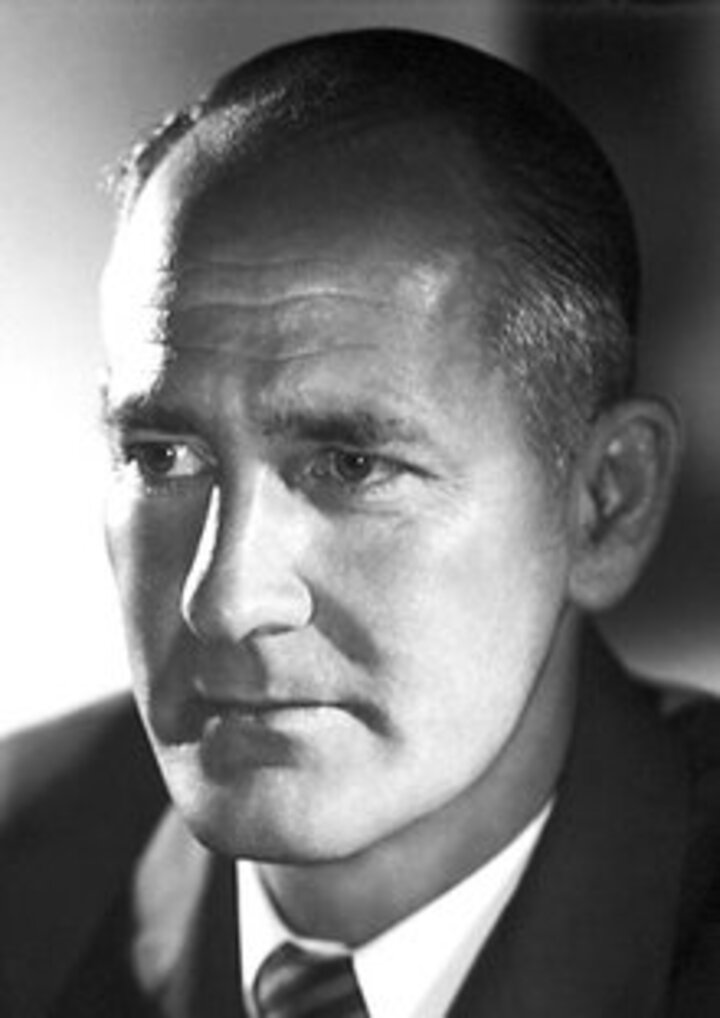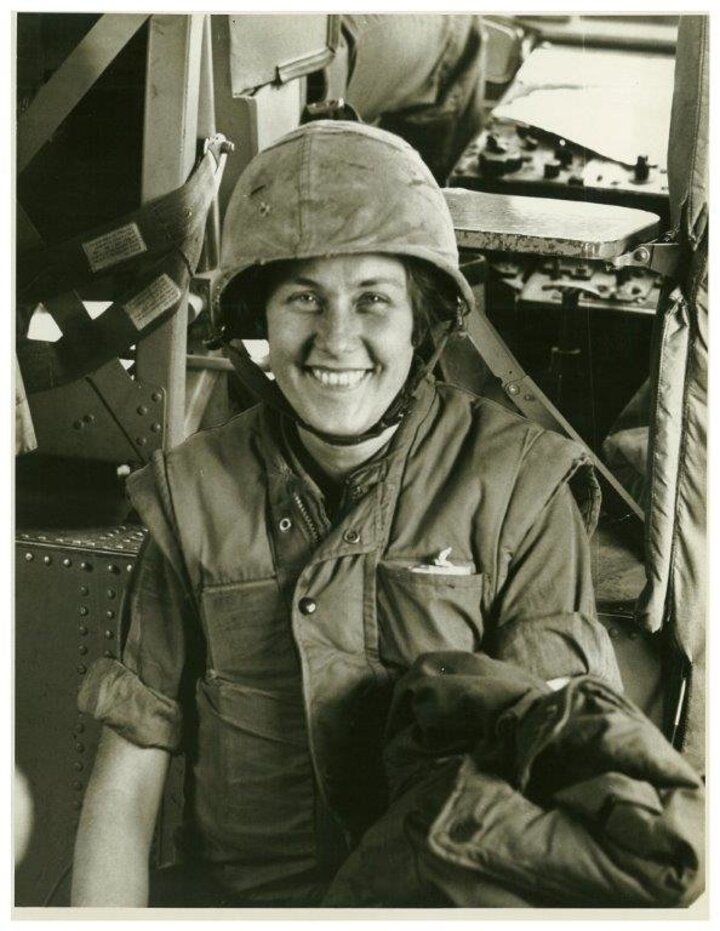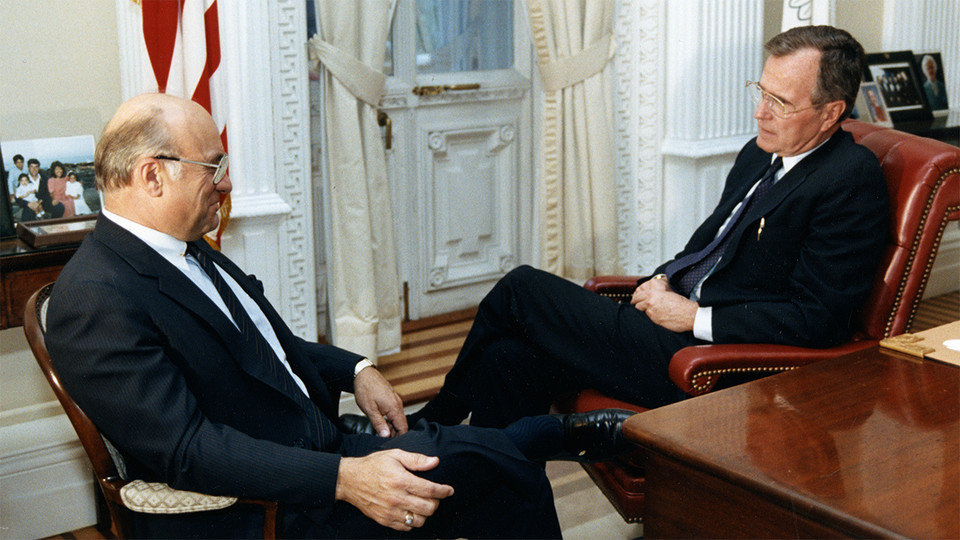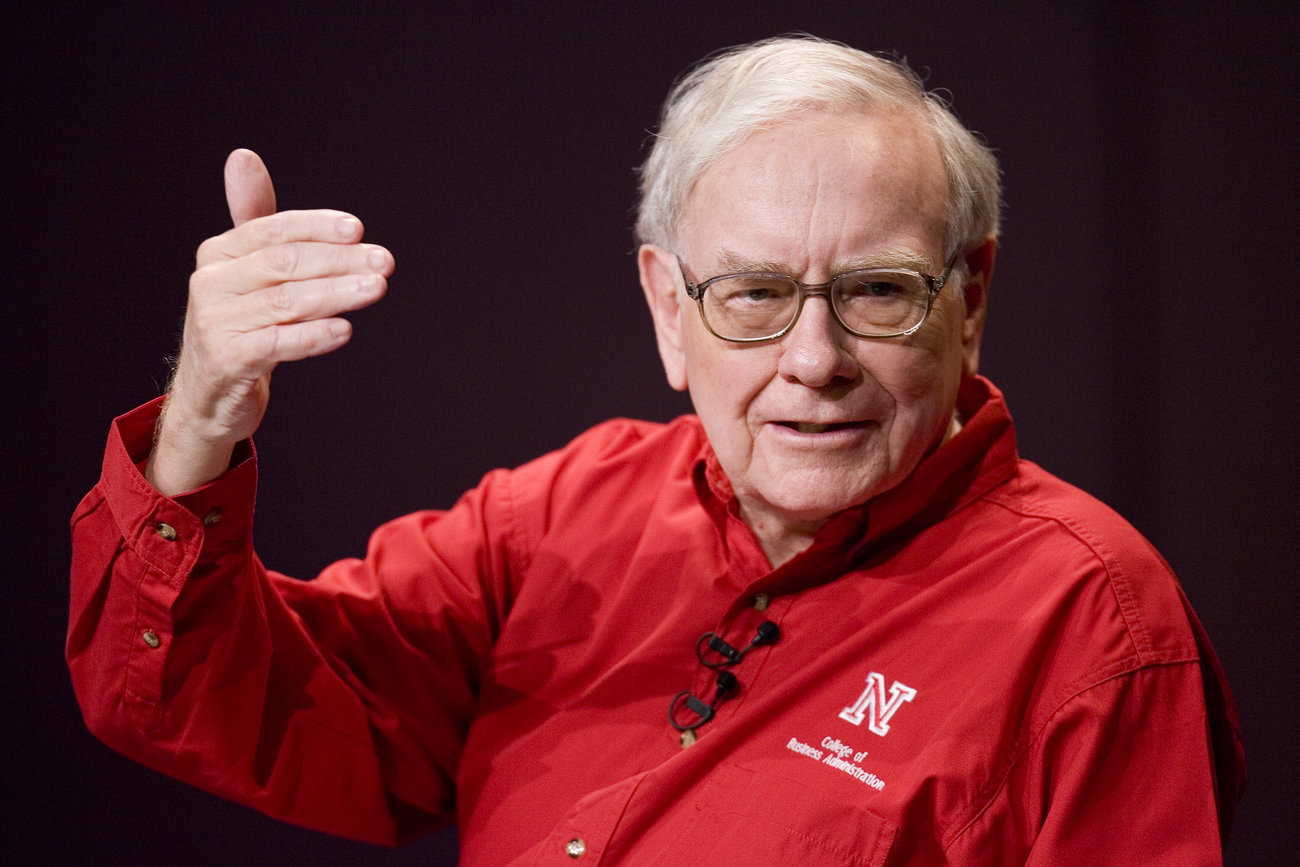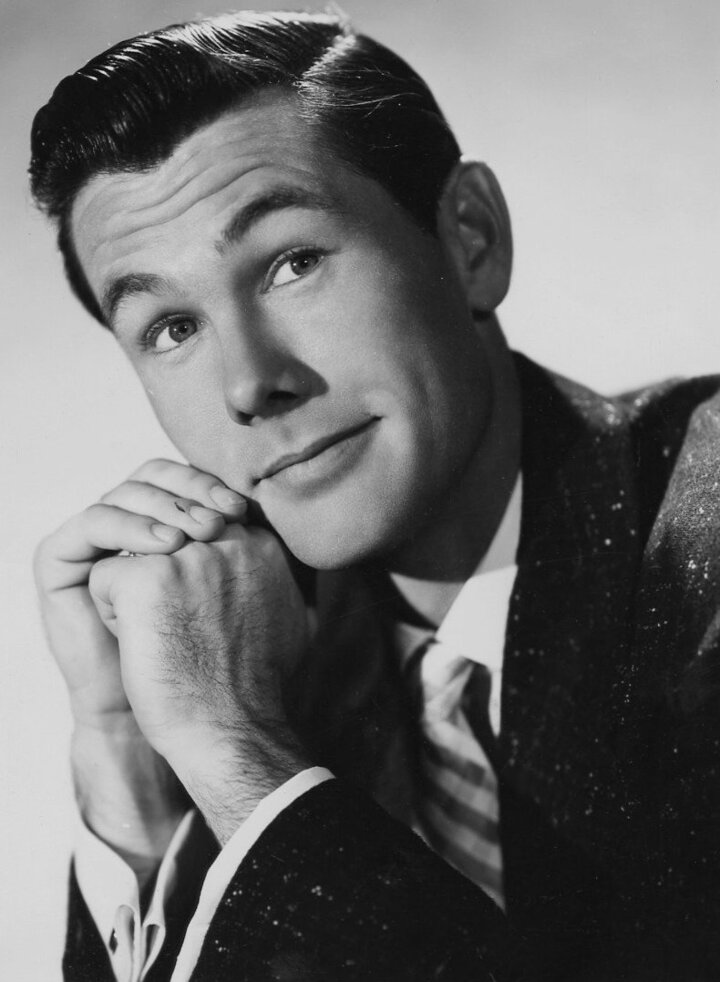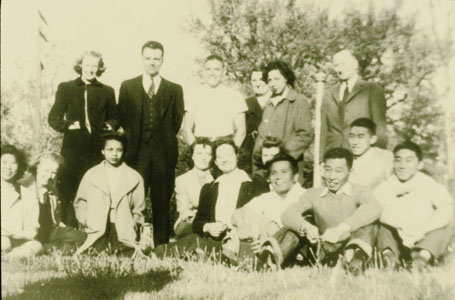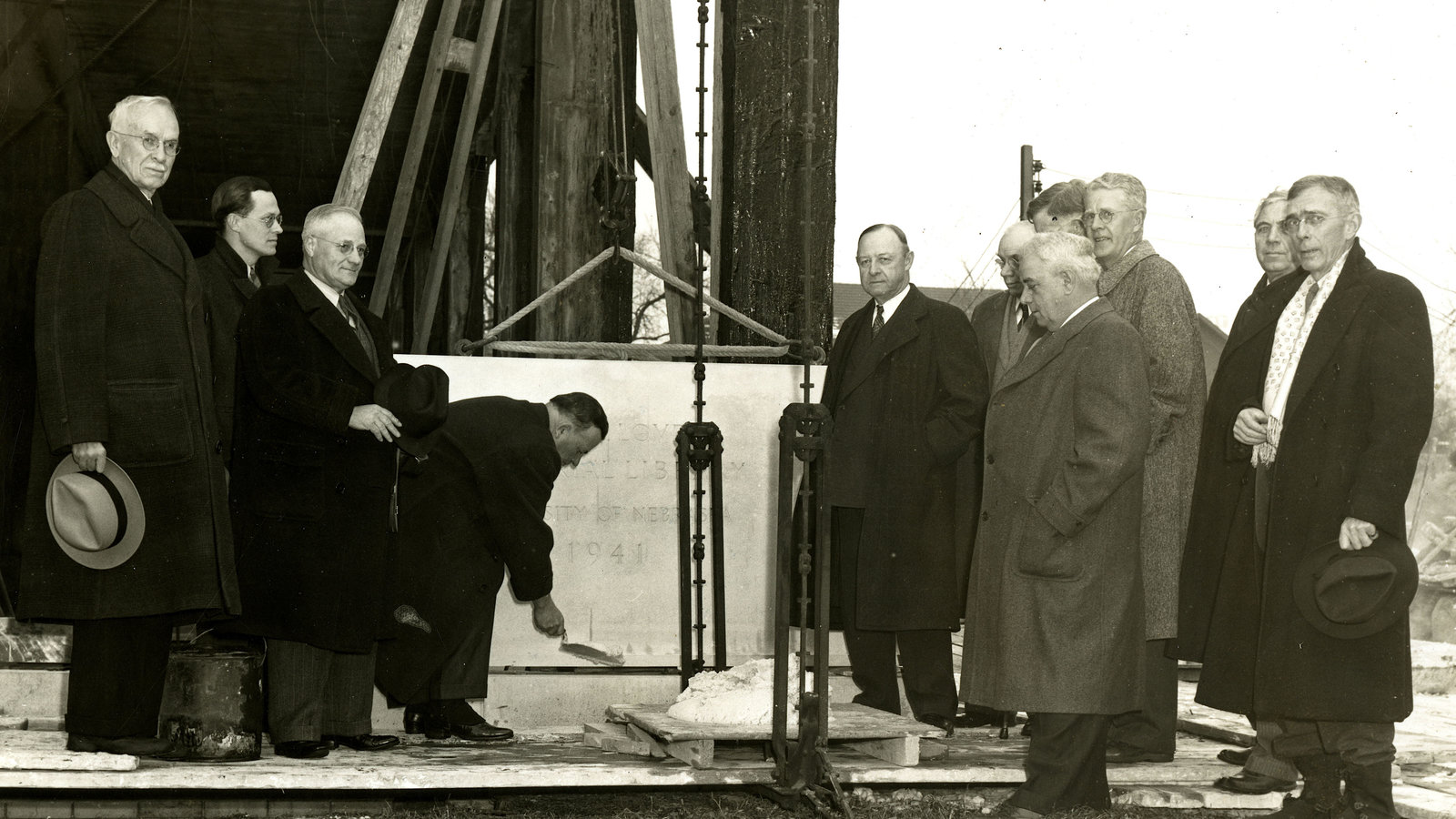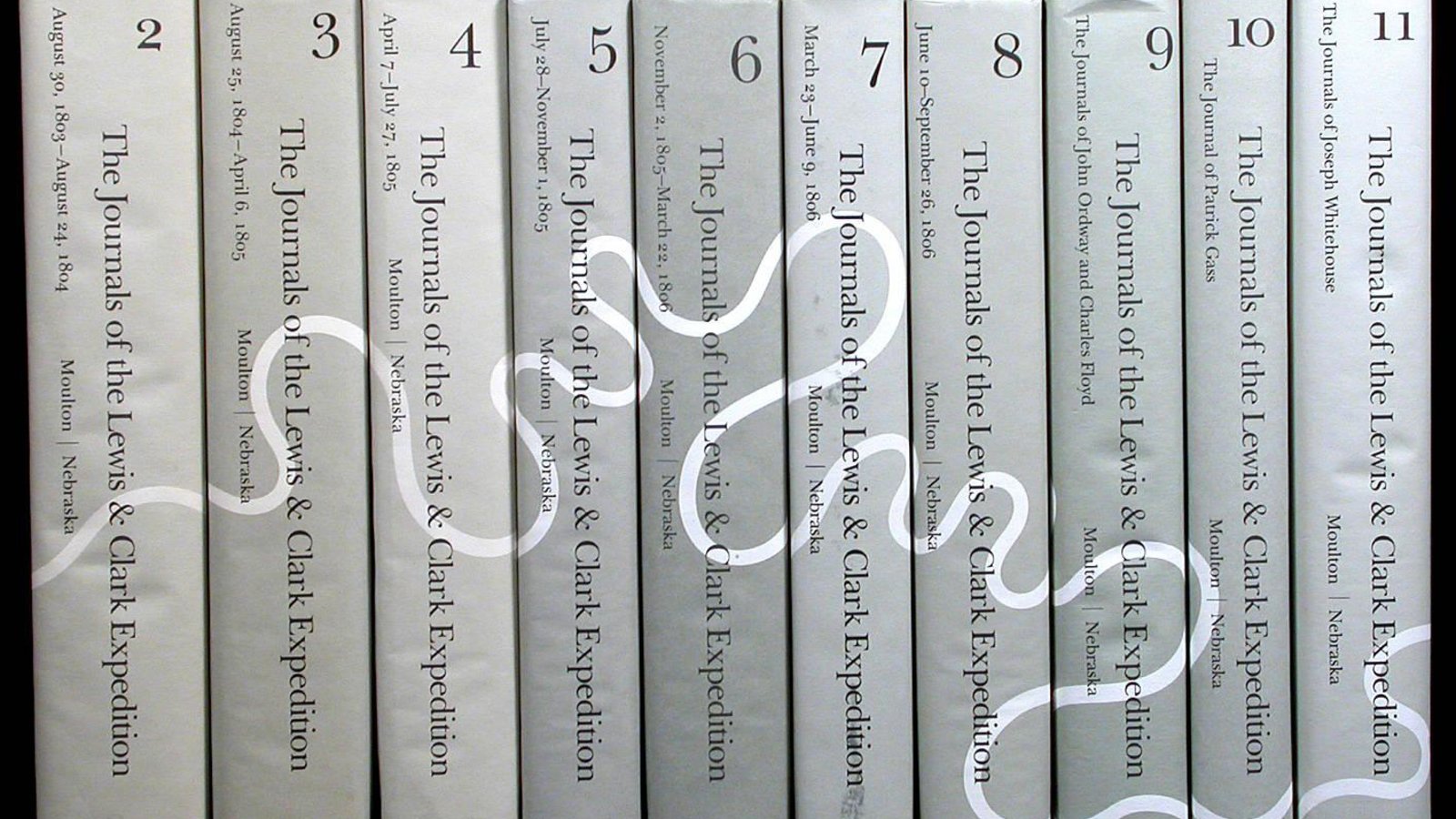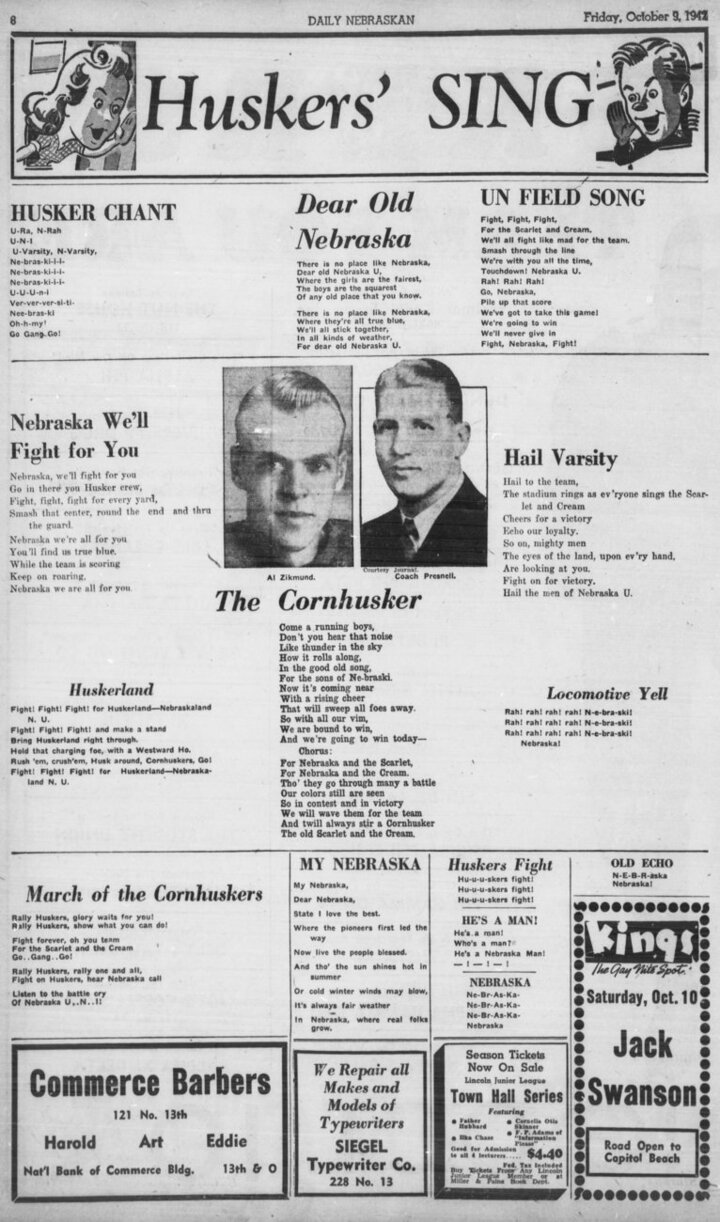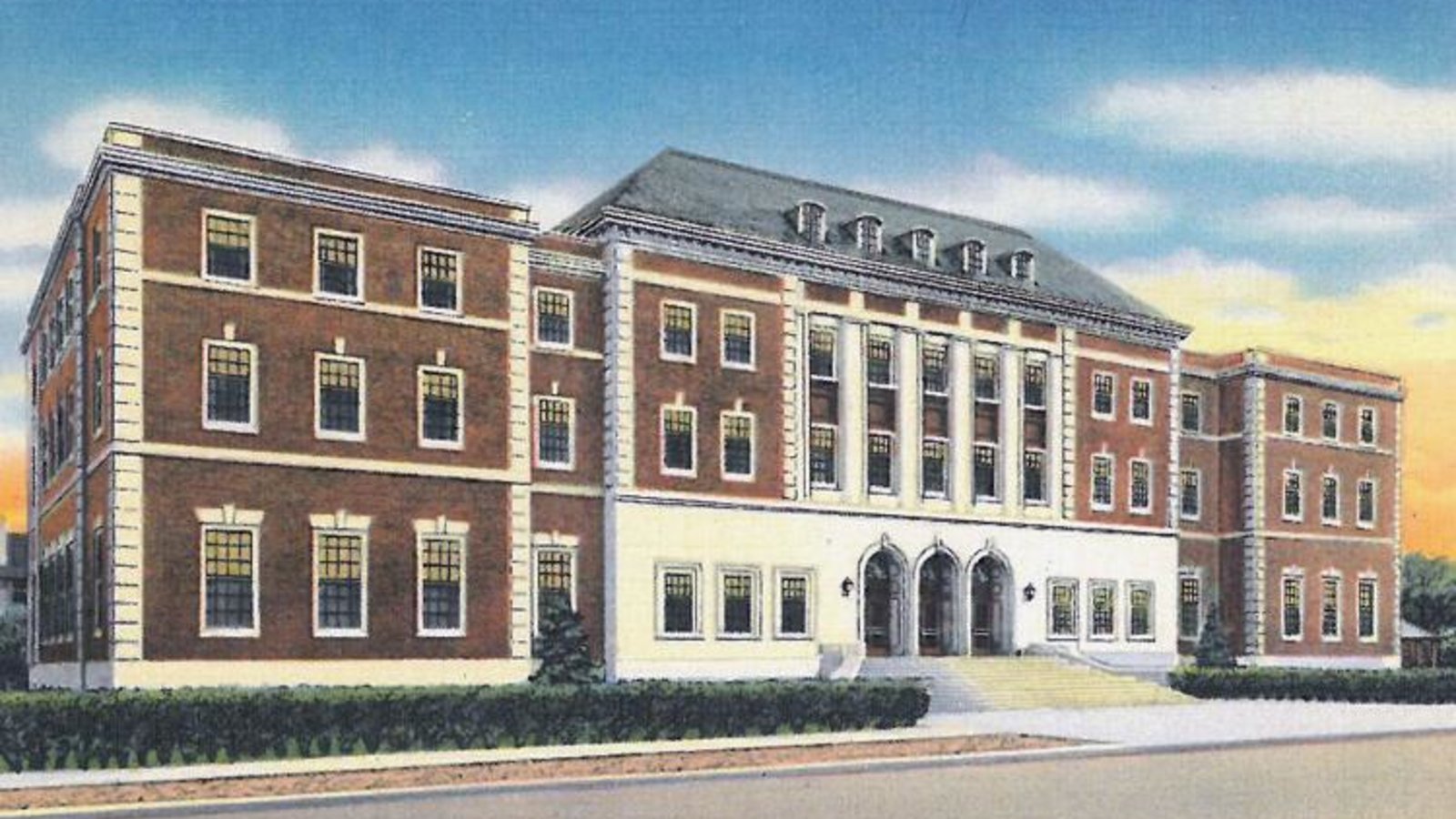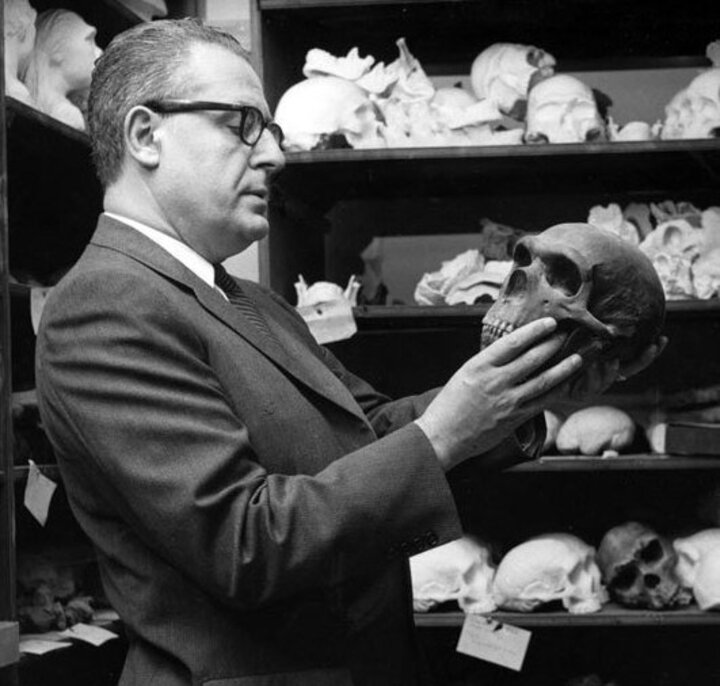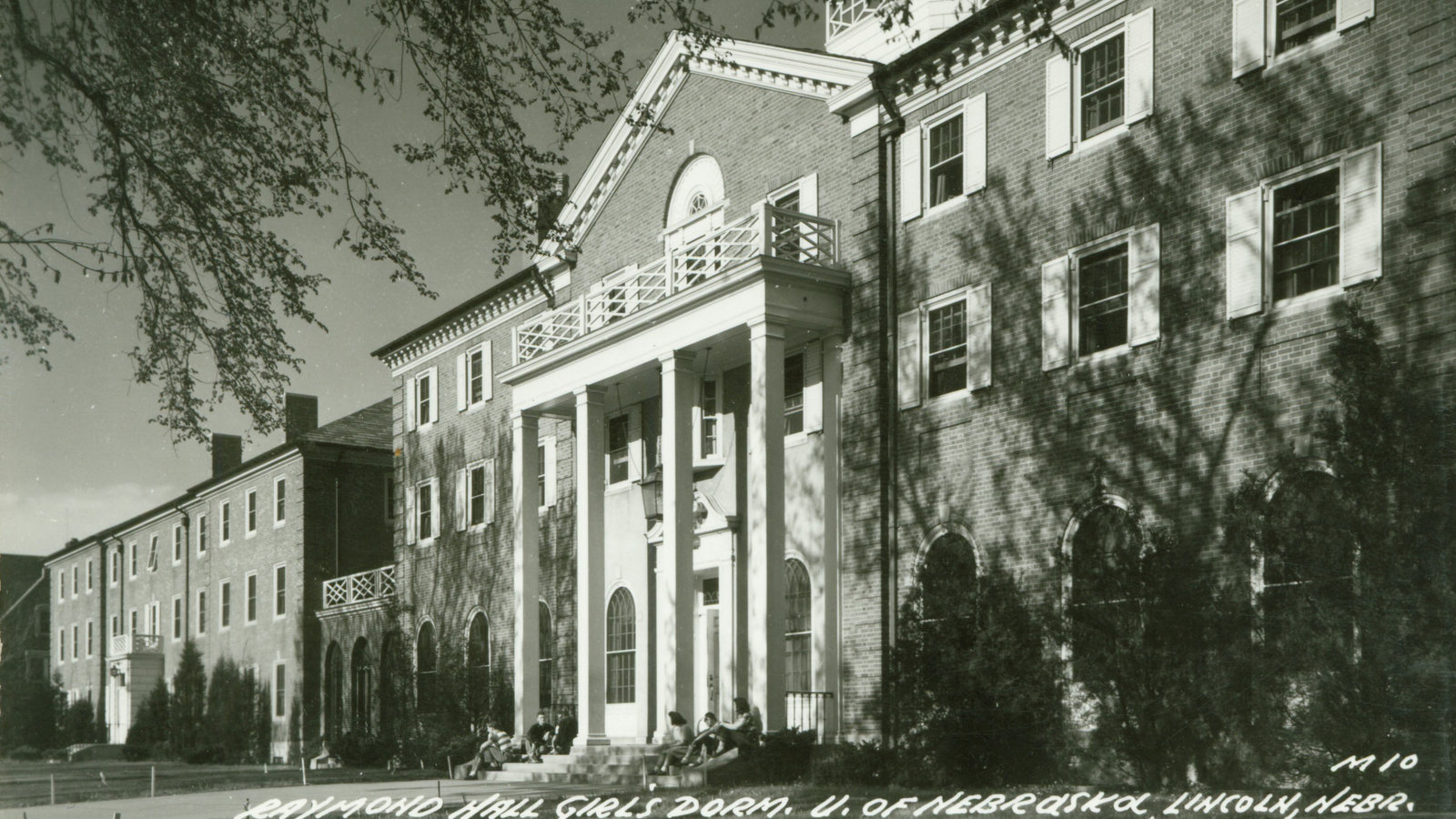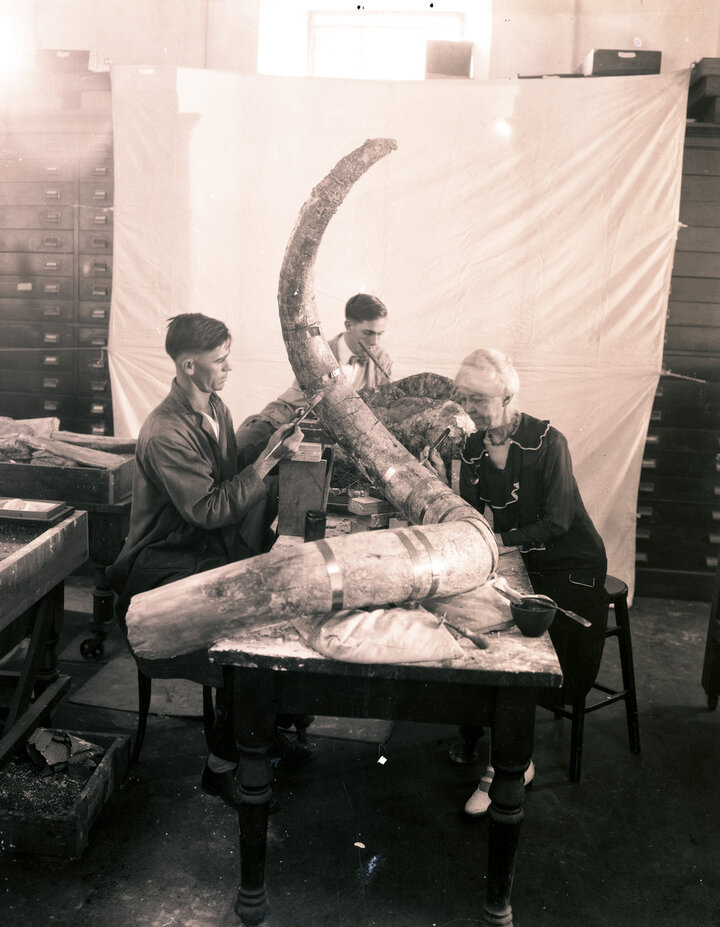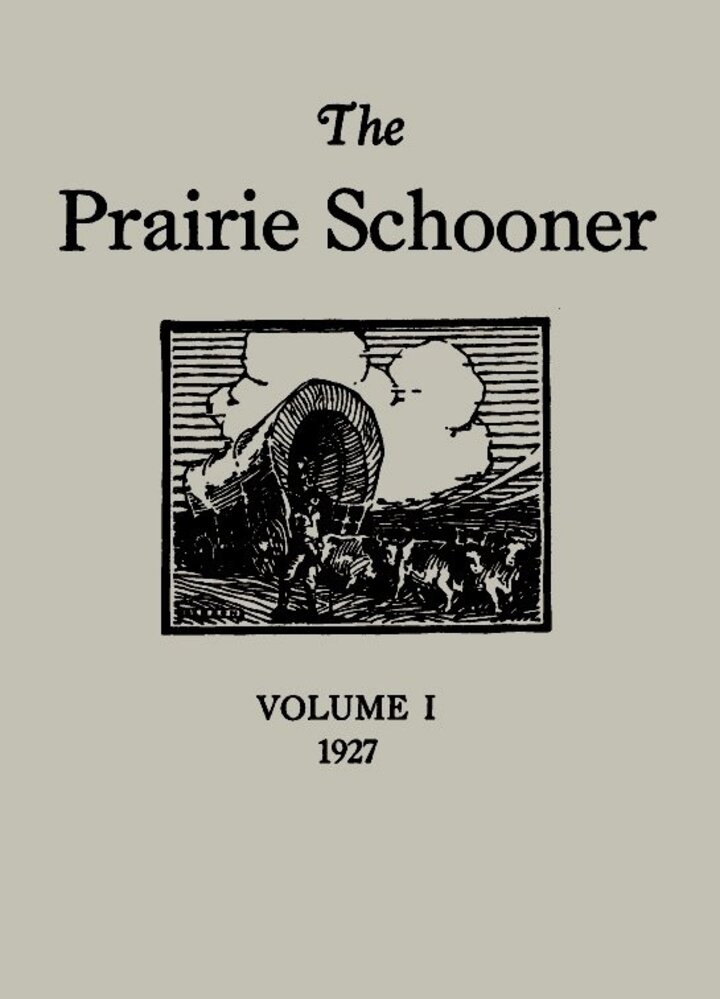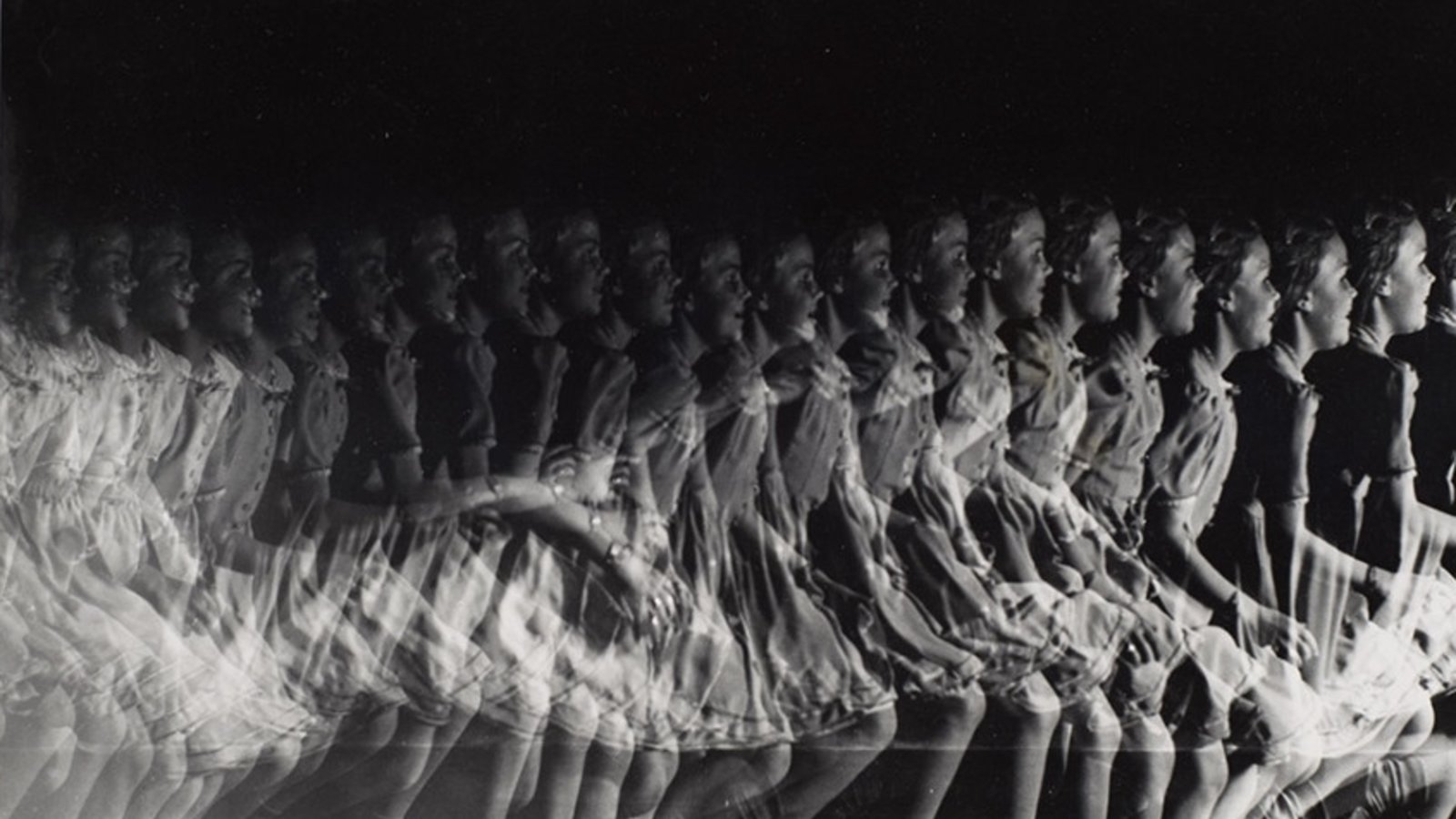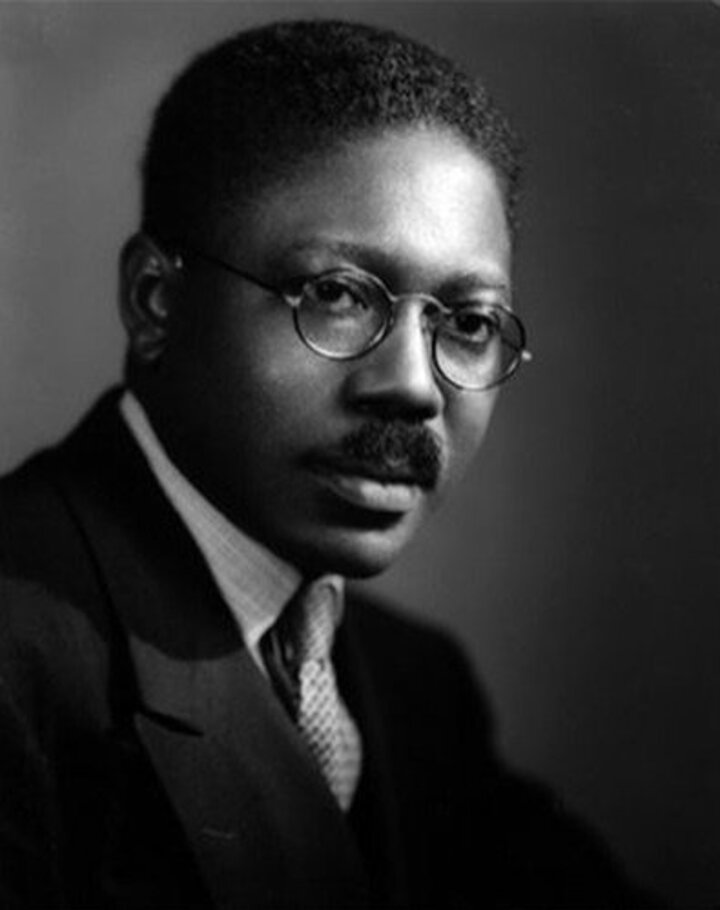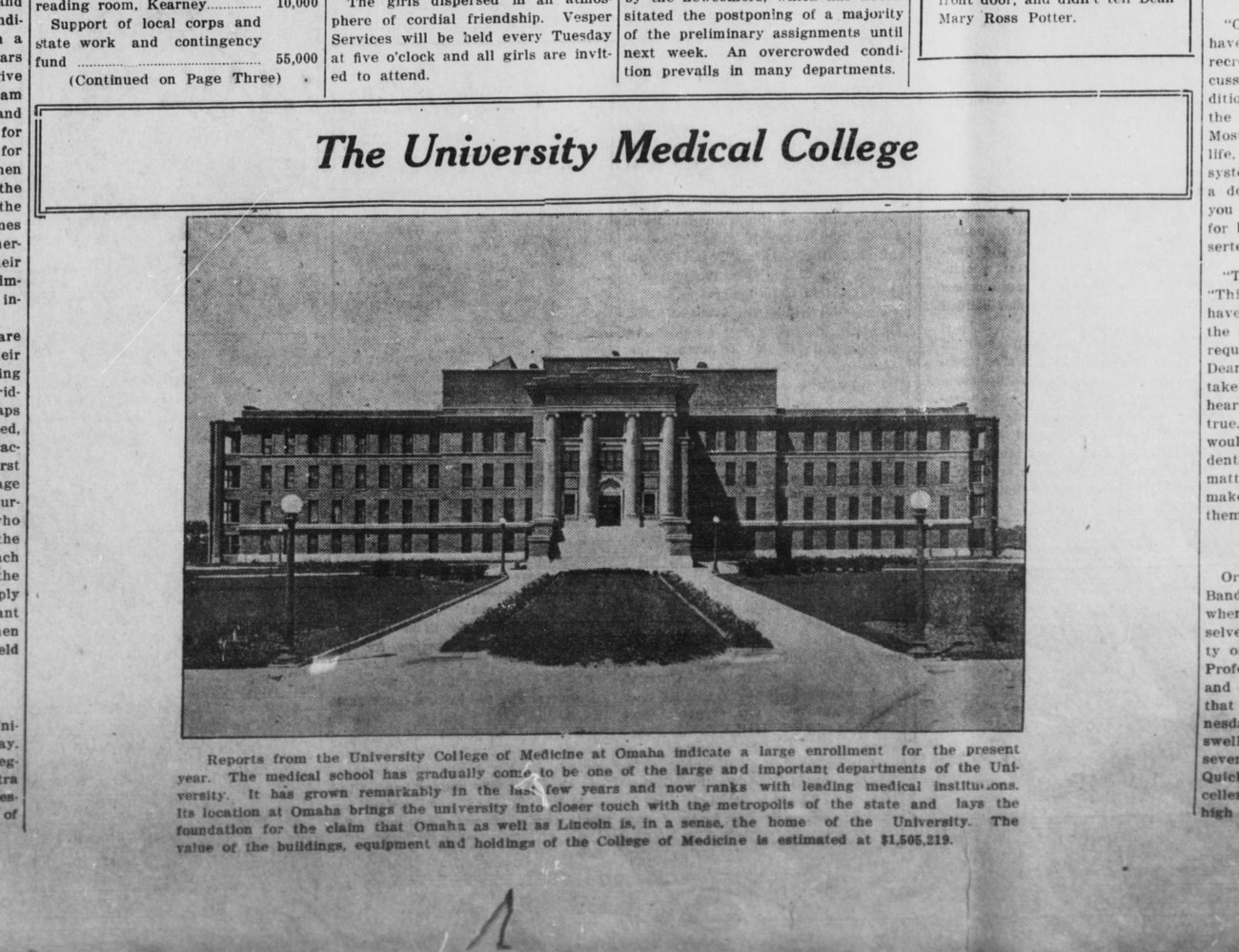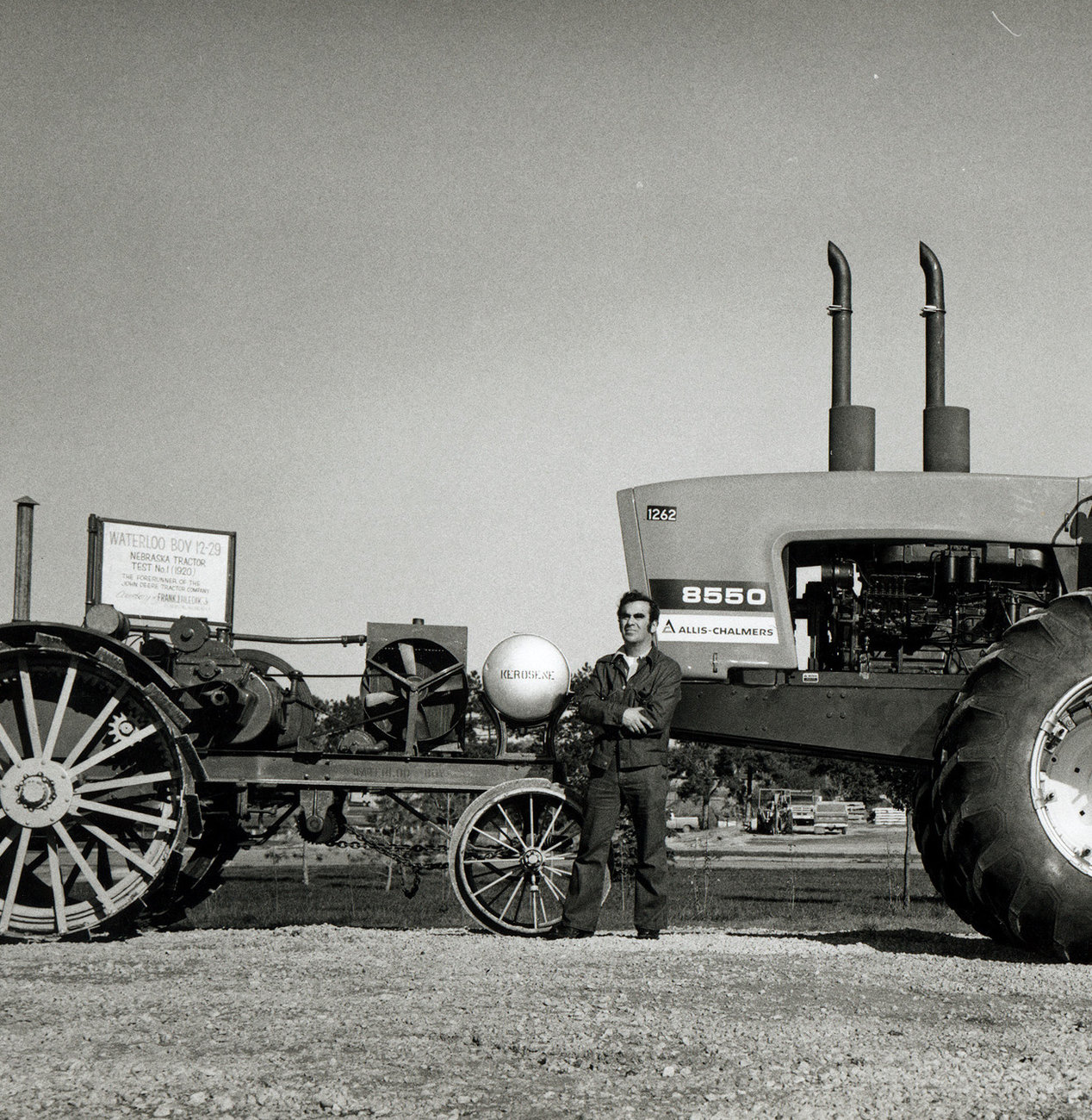JULY 1, 1968
University of Nebraska System Forms
On July 1, 1968, the University of Nebraska system is formed, with Clifford Hardin's role expanding from chancellorship of the flagship institution to the chancellorship of the new system. (Presidents would head each institution until these titles were reversed in 1971.)
By 1966, it was clear that the city-supported model underlying the Metropolitan University of Omaha was fragile at best, and Omaha-area members of the Legislature began to consider requesting state support for it. Numerous ideas were floated during this period, including incorporating the Omaha university as a state institution under a separate board of regents. Hardin became concerned that, under that model, the two institutions would be competing for scarce state resources. He began conversations with leadership in both cities and throughout the state to find a better solution.
In the new system, the Medical College, which had been part of the University of Nebraska since 1903, became its own administratively-separate, freestanding institution, the University of Nebraska Medical Center. The former Metropolitan University of Omaha became the University of Nebraska at Omaha. The University of Nebraska, in Lincoln, would now have "-Lincoln" appended to its name, to distinguish it from the other institutions and the system itself.
That October, at the annual Ak-Sar-Ben Ball, Clifford Hardin was coronated — the first nonresident of Omaha ever to be awarded the city's highest society honor — as 'king' of the mythical "Kingdom of Quivira."
Hardin's tenure was a brief one as the leader of the system, as he was tapped later that fall as Secretary of Agriculture in the Nixon Administration. He took a leave of absence from his university role in January, as the new administration set to work, and formally resigned in June, 1969.
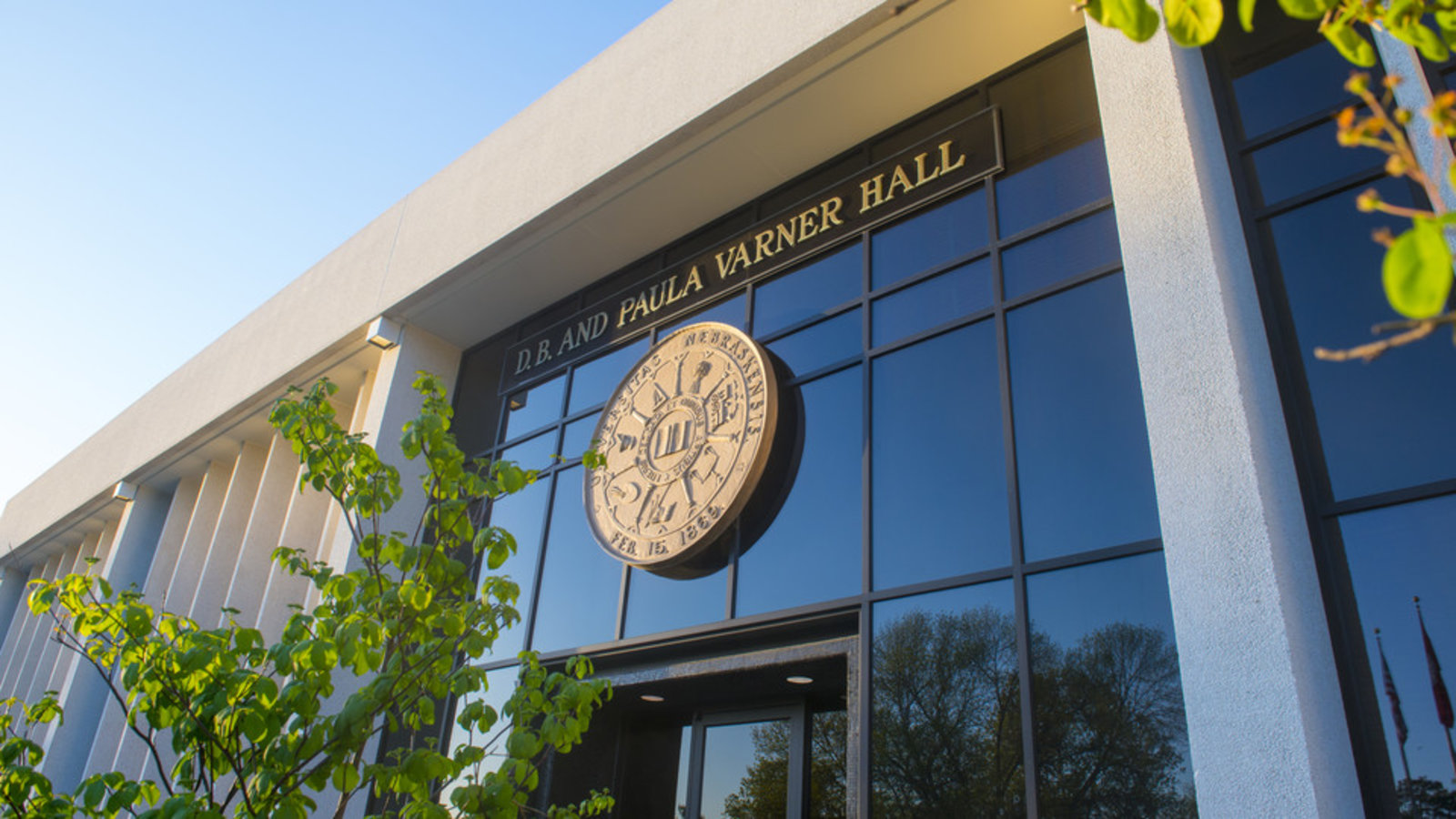
MAY 16, 1963
Sheldon Memorial Art Gallery Dedicated
In May of 1963, the modernist Sheldon Memorial Art Gallery building is dedicated, with architect Philip Johnson keynoting the dedication event. Described by Johnson as "by far, the best building I have ever designed," the Sheldon, with its extensive use of Italian white travertine marble on the interior and exterior, and its massive circular panels finished in gold leaf forming the ceiling of the great hall, is at the time of its dedication the most expensive building per square foot in the United States.
Now called the Sheldon Museum of Art, the museum houses the collections of the Sheldon Art Association, founded in 1888 as the Haydon Art Club, and the University of Nebraska. Together, the collections comprise more than 12,000 artworks in diverse media. The museum's comprehensive collection of American art includes prominent holdings of 19th-century landscape and still life, American Impressionism, early Modernism, geometric abstraction, Abstract Expressionism, pop, minimalism and contemporary art.
Sheldon also administers the monumental outdoor sculpture program that has placed over 30 major artistic installations by Serra, di Suvero, Lachaise, Shonibare and others within the landscapes of City and East campuses. These works complement the magnificent museum collection, including important works by Hopper, Stella, O'Keeffe, Hartley, Douglas, Brancusi, Warhol and many, many others.
website: Sheldon Museum of Art
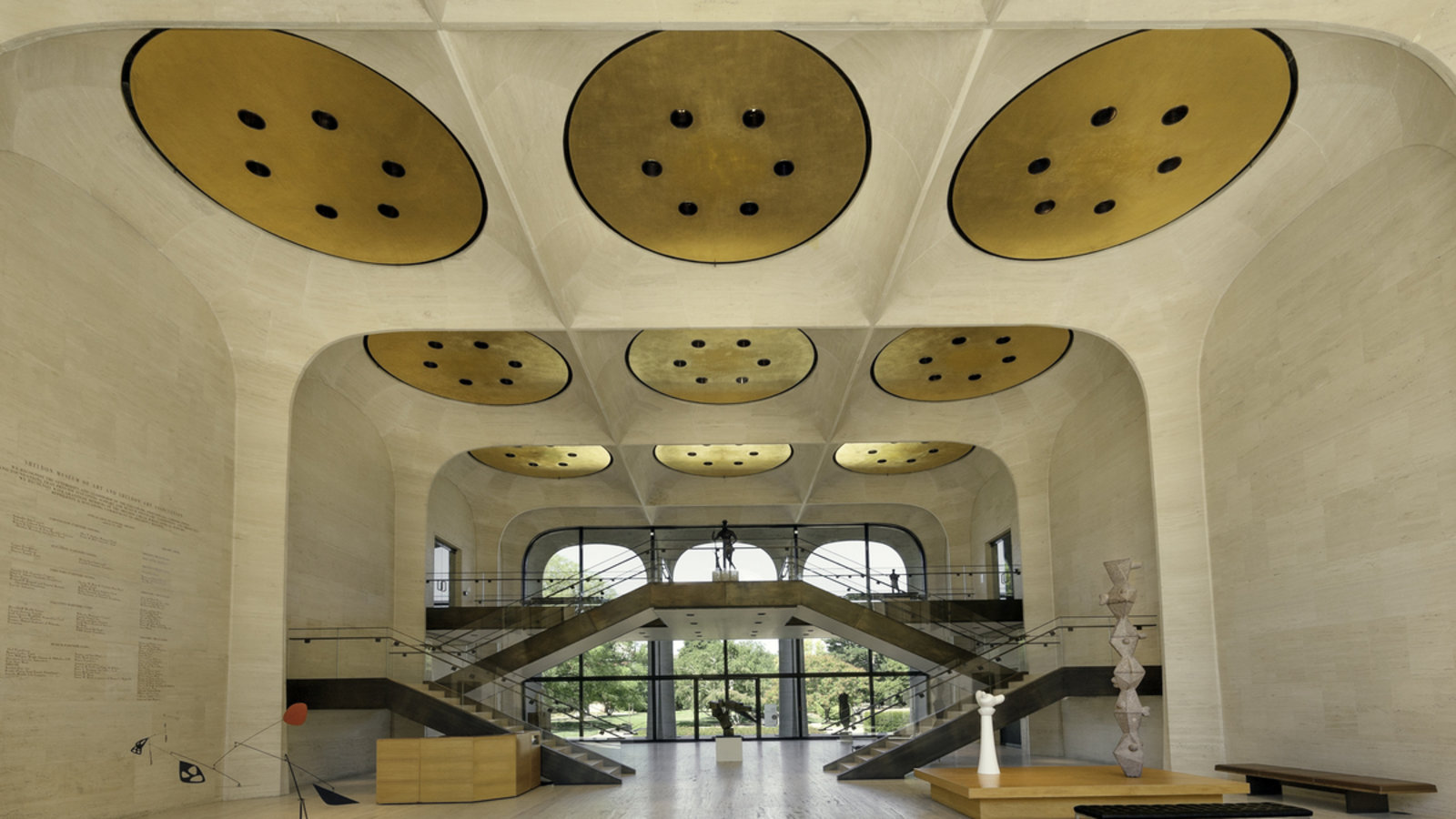
NOVEMBER 1, 1954
Public Broadcasting Starts as University of Nebraska TV
KUON-TV ("K" to indicate location west of the Mississippi River, "UON" to indicate University of Nebraska) begins broadcasting educational content on Channel 12 from the KOLN TV studios, led by founding manager Jack McBride. After renovations to a space in the Temple Building, KUON studies were relocated to City Campus in 1957.
In the early 1960s, a statewide initiative formed, culminating in a 1963 legislative vote to approve development of a six-station educational network, known as Nebraska Educational Television, with KUON as the flagship. A public radio network would follow, dedicated in 1990, known as Nebraska Public Radio. Today, the nine-station television network is affiliated with PBS, the nine-station radio network with NPR. In 2005, both the television and radio networks were incorporated under a single entity, Nebraska Educational Telecommunications.
NET has been an innovator in educational telecommunications, in broadcast and media technology as well as in production. NET productions have appeared nationwide on PBS as part of American Experience, American Masters, NOVA and other series; its longest-running program, the gardening-focused Backyard Farmer, has been broadcast continuously since 1953 (running for its first year on a commercial station), and is today recognized as the longest-running locally-produced program in television history.
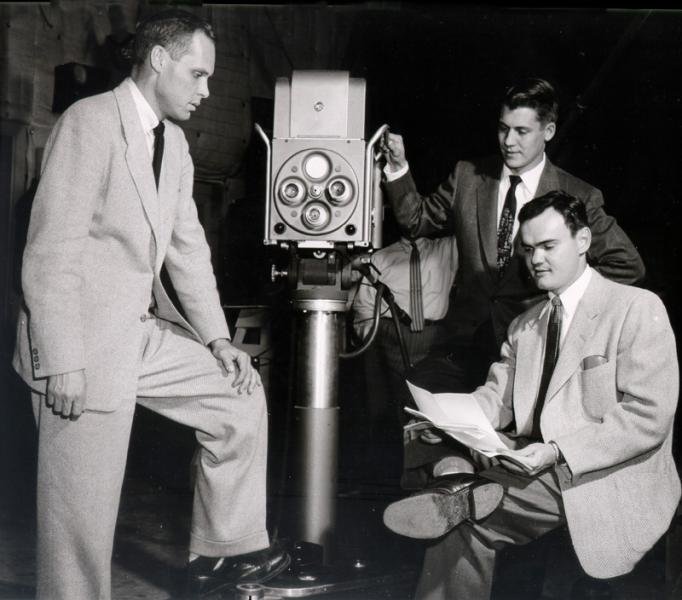
MAY 23, 1942
The University in World War II
On May 23, 1942, the Student Union was closed to be used as barracks, classrooms and a cafeteria for soldiers. It's but one example of the extent to which the impact of WWII, then being fought in Europe and across the Pacific, was felt on campus.
The Board of Regents reported to Governor Dwight Griswold that the university had served 13,769 military men and women, and that it had 151 staff members on military leave at the time. Students went off to service in the war; those who didn't participated in metal drives. The metal would be used in the manufacture of armaments, many of which were built in factories in Nebraska, such as in the repurposed Elgin Watch factory (today's Nebraska Hall), which was repurposed during the war for the manufacture of bombs.
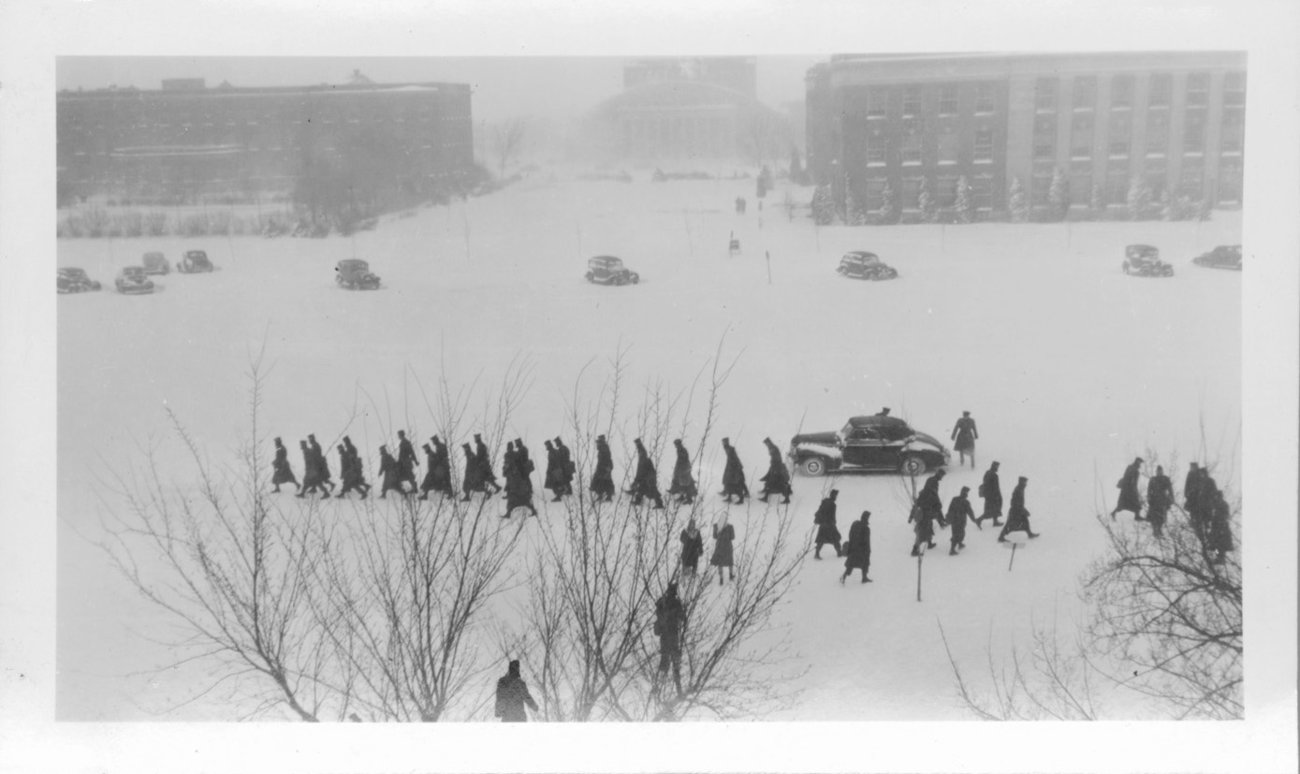
DECEMBER 14, 1935
University of Nebraska Foundation Established
On Dec. 14, 1935, the University of Nebraska Foundation, a project of Chancellor E.A. Burnett, is approved by the Board of Regents to act as official fundraiser for the University. Noting the gifts of C.H. Morrill, which built Morrill Hall and burnished the university's reputation in the natural sciences, and the gifts of Mr. and Mrs. Frank H. Hall, whose art collection added considerably to the university's reputation as a center for fine art, Burnett wished to use the foundation to endow "distinctive features" that would contribute to the renown to the university.
The foundation received its first gift from J.C. Seacrest of Lincoln, in memory of his sister, to be used to construct a student activity building. In 1937, the foundation's first bequest came from the estate of former university faculty member, David R. Major, in the amount of $325. Other significant early gifts came from Lincoln Mayor Don Love, whose gifts built Love Library and two residence halls, and from banker George Holmes, whose bequest endows distinguished professorships.
The University of Nebraska Foundation has grown to become one of the largest foundations in the country serving public universities, with $2.5 billion in total assets. It now serves all institutions in the University of Nebraska system.
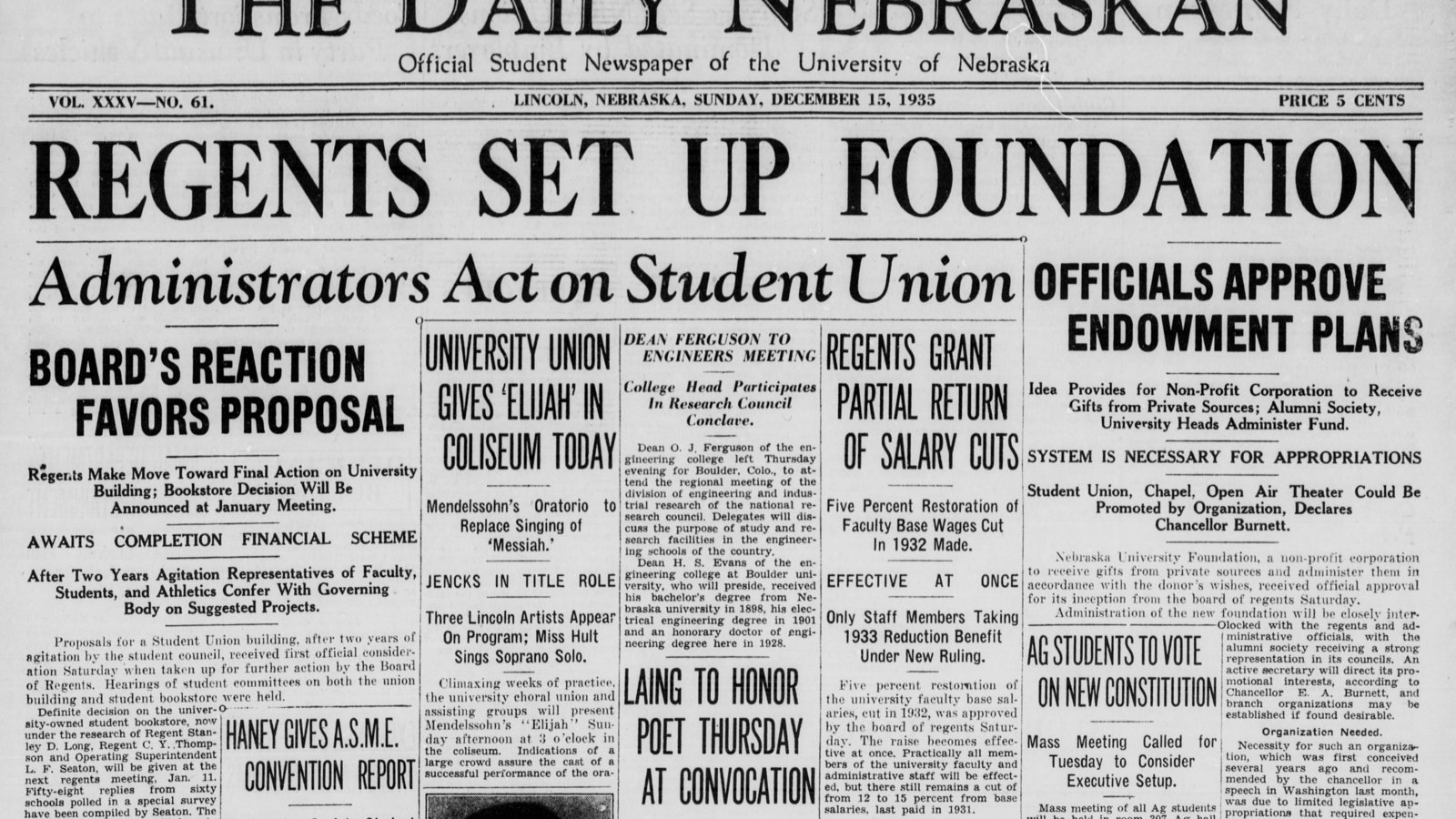
FEBRUARY 19, 1930
Columns Join Campus East of Stadium
In February 1930, the Columns, today located between Memorial Stadium and the Coliseum, are acquired by the university from Burlington Railroad. The granite columns were relocated from Omaha's Burlington Station, then undergoing renovation.
In a letter to the state railway commission, newspapers reported that "Chancellor E.A. Burnett said the columns would not be used in any new building on the campus, but would be used in a decorative scheme. He was not in Lincoln today to give details of this scheme."
Various proposals had the columns installed along 12th Street from R Street to Memorial Stadium, and along the Vine Street mall east of the stadium, until they were finally situated in their present spot, a site overlooking today's Ed Weir Track just east of Memorial Stadium. Integrated with the columns is a section of the old iron fence that enclosed the four-block original campus from 1892 to 1922. An original gate is topped by ornate ironwork encircling a cast university seal.
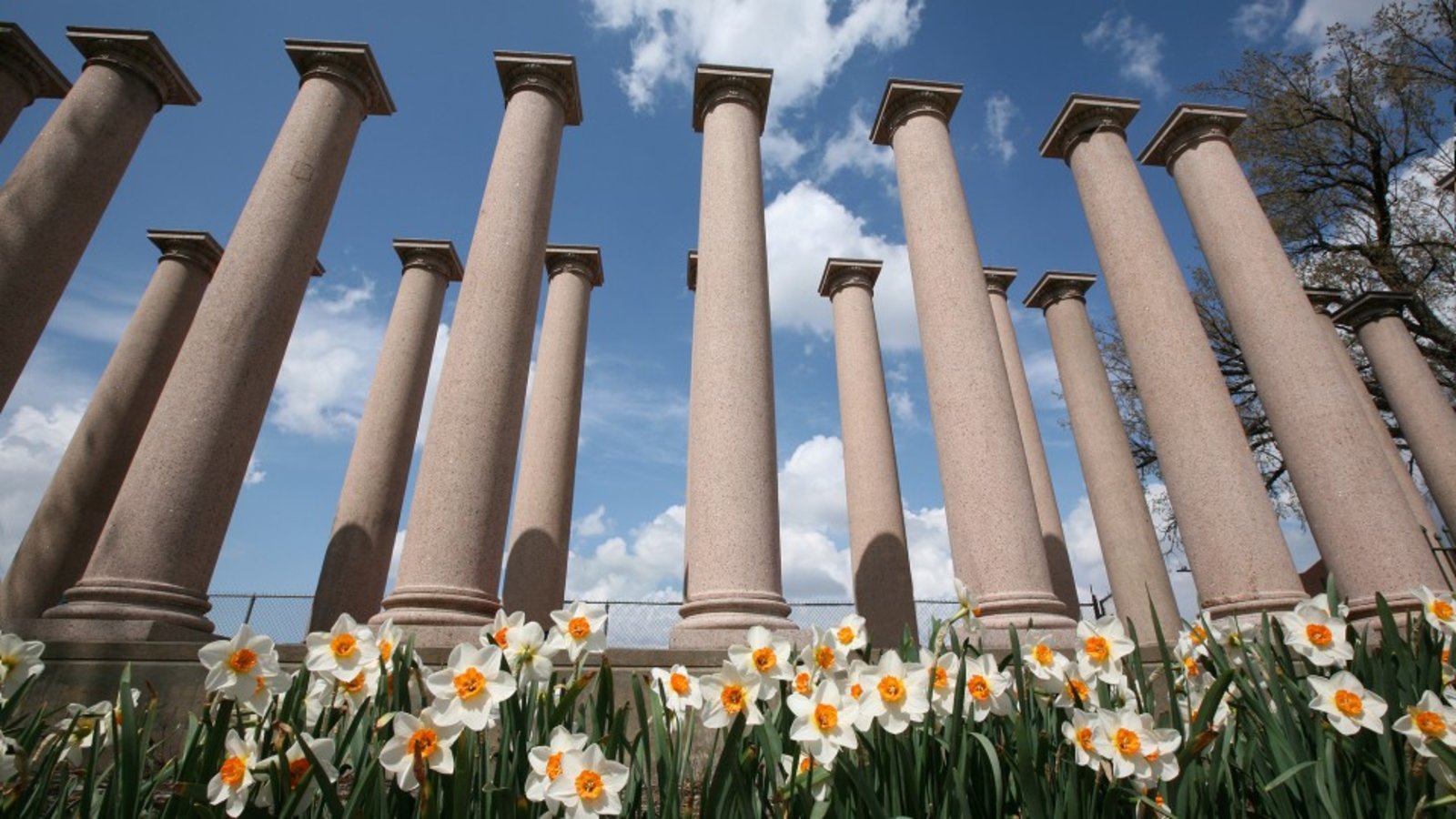
APRIL 26, 1923
Memorial Stadium
On April 26, 1923, Chancellor Avery breaks ground for Memorial Stadium by plowing a field north of the Chemistry Laboratory building with a team of horses.* The stadium, with two grandstands in twin arcs running north to south, and a grand east entrance, is finished in less than six months, and named Memorial Stadium to honor Nebraskans' sacrifices in war.
In the first game played at Memorial Stadium on Oct. 13, Nebraska defeated Oklahoma by a score of 24-0. The facility was dedicated the following week on Homecoming Day, Oct. 20; the game, against Kansas, ended in a tie.
* the Chemistry Laboratory building was renamed after his death in honor of Avery.
